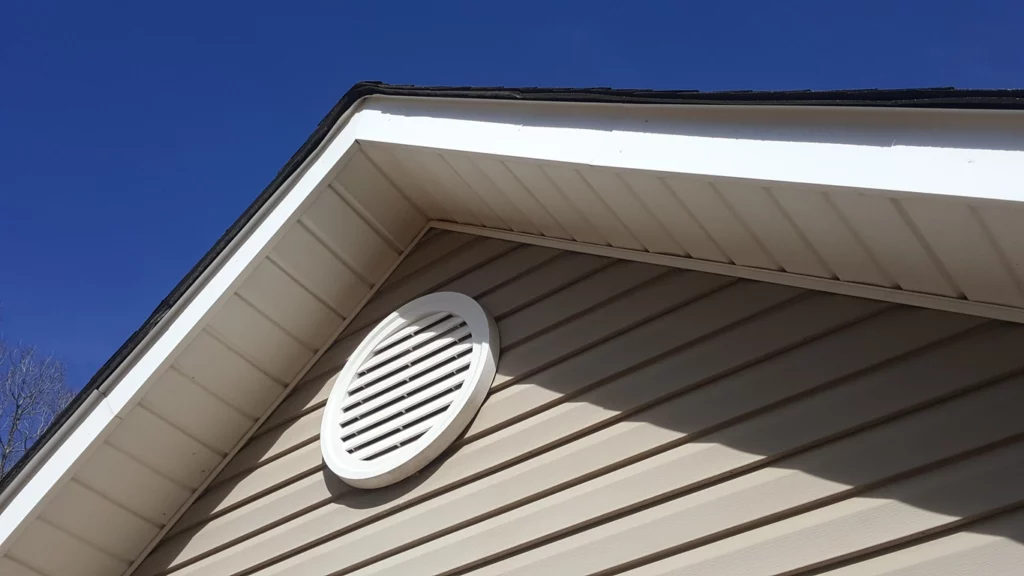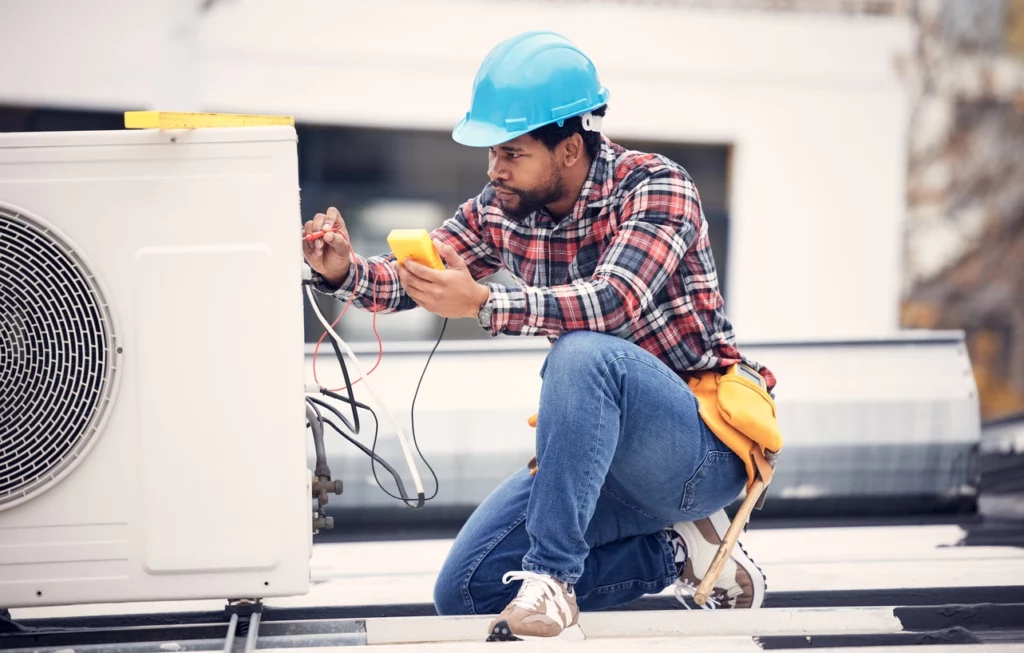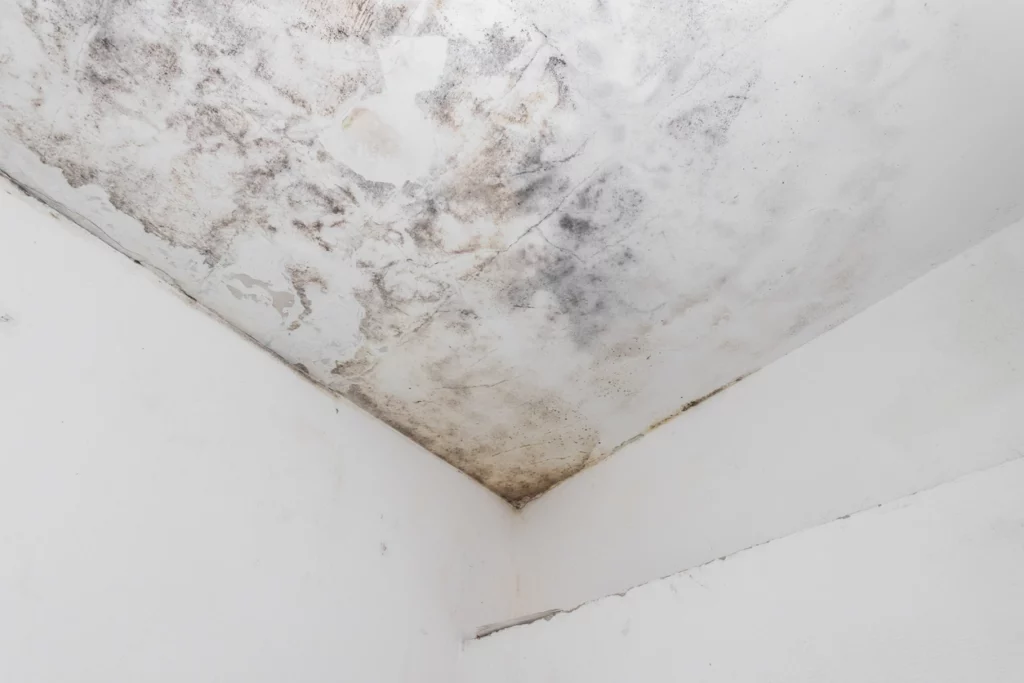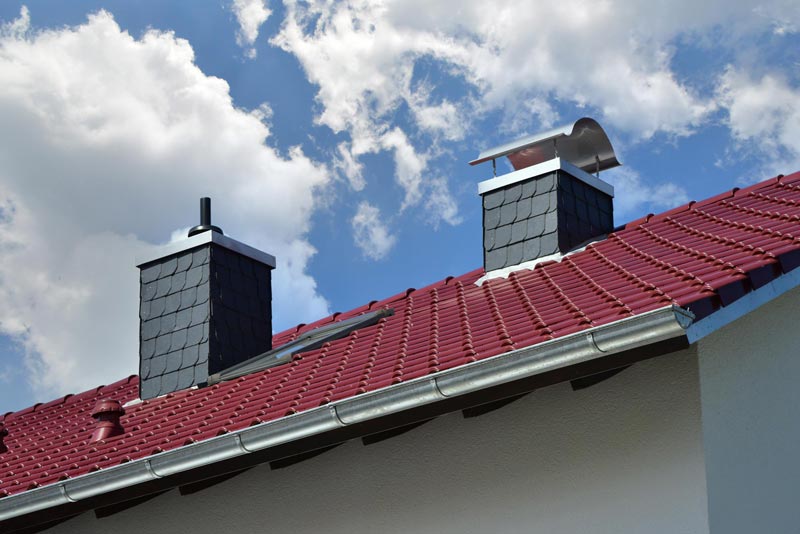Proper roof ventilation is of utmost importance in Denver’s climate due to its unique weather patterns and extreme temperature fluctuations. This article aims to highlight the significance of adequate roof ventilation in maintaining a comfortable indoor environment, preventing structural damage, and ensuring the longevity of the roofing system.
By examining the role of proper ventilation in regulating temperature and energy efficiency, minimizing ice dams and water damage, reducing moisture buildup and mold growth, as well as preserving the structural integrity of the roof, this article intends to provide a comprehensive understanding of the necessity for effective roof ventilation in Denver’s climate.

In Denver’s climate, where temperatures can range from scorching hot summers to frigid winters, maintaining a balanced indoor temperature is crucial for both comfort and energy efficiency. Proper roof ventilation plays a vital role in regulating the temperature within a building by allowing hot air to escape during summer months and preventing heat loss during winter.
By facilitating the flow of air, roof ventilation helps to create a more stable and comfortable indoor environment, reducing the reliance on heating and cooling systems and subsequently lowering energy consumption. Additionally, effective ventilation helps to prevent the formation of ice dams, which can lead to water damage and structural issues.
Moisture buildup resulting from inadequate ventilation can also contribute to the growth of mold and mildew, posing health risks and further compromising the integrity of the roofing system. Therefore, understanding and implementing proper roof ventilation techniques is essential in Denver’s climate to maintain a comfortable living space, protect against water damage, and ensure long-term durability of the roof.
Regulating Temperature and Energy Efficiency
Regulating temperature and improving energy efficiency are crucial considerations in the design and implementation of proper roof ventilation systems in Denver’s climate.
Denver experiences a wide range of temperatures throughout the year, with hot summers and cold winters. Without proper ventilation, heat can accumulate in the attic space during the summer, leading to increased indoor temperatures and the need for excessive air conditioning.
On the other hand, during the winter, inadequate ventilation can result in the accumulation of moisture, leading to condensation and potential mold growth. Therefore, an effective roof ventilation system plays a vital role in maintaining a comfortable indoor environment and reducing energy consumption.

Proper roof ventilation helps regulate temperature by allowing hot air to escape from the attic space. In the summer, as the sun heats the roof, the air in the attic can become significantly warmer than the outdoor air. This trapped heat can radiate into the living spaces below, making them uncomfortably hot. By implementing a well-designed ventilation system, hot air is expelled from the attic, reducing the overall temperature and minimizing the need for air conditioning.
Similarly, in the winter, ventilation helps prevent the buildup of moisture. Moisture can enter the attic through various sources, such as daily activities like cooking and showering, and inadequate ventilation can trap this moisture inside. As the temperature drops, condensation can occur, leading to the growth of mold and mildew. A proper roof ventilation system allows for the escape of moist air, preventing condensation and ensuring a dry and healthy environment.
Moreover, energy efficiency is improved as a result, as the need for excessive heating and cooling is reduced, leading to lower energy bills and a more sustainable living space.
Preventing Ice Dams and Water Damage
Preventing ice dams and water damage requires careful consideration of the architectural design and maintenance of rooftops in order to mitigate the potential risks associated with harsh weather conditions.
Denver’s climate is known for its cold winters and heavy snowfall, making it particularly susceptible to ice dams. Ice dams occur when snow on the roof melts due to heat escaping from the interior of the house. The melted snow then refreezes at the edge of the roof, forming a barrier that prevents further drainage. As a result, water can seep into the roof and cause significant damage to the underlying structure, insulation, and interior of the house.
To prevent ice dams, proper roof ventilation is crucial. It helps maintain a consistent temperature on the roof, preventing snow from melting unevenly and refreezing at the edges. By ensuring that the attic or crawl space is adequately ventilated, warm air can escape and be replaced with cooler air from outside. This helps to maintain a consistent temperature throughout the roof, preventing the formation of ice dams.
Additionally, proper ventilation also helps to remove excess moisture from the roof, reducing the risk of water damage and mold growth. Regular maintenance, such as clearing snow and debris from the roof, can also prevent ice dams by ensuring that water can properly drain off the roof.
Overall, a well-ventilated roof is essential for preventing ice dams and water damage in Denver’s climate.
Reducing Moisture Buildup and Mold Growth

Reducing moisture buildup and mold growth requires careful attention to the control of indoor humidity levels and the implementation of effective moisture barriers within the building envelope.
In Denver’s climate, where the air is typically dry, it may seem counterintuitive to focus on moisture control. However, during the winter months, when heating systems are running and the outdoor air is cold and dry, moisture can still accumulate indoors. This is particularly true in tightly sealed and insulated buildings, where there is limited natural ventilation. Without proper ventilation, moisture produced by everyday activities such as cooking, showering, and even breathing can become trapped inside, leading to excessive humidity levels.
Excessive humidity provides an ideal environment for mold growth, which can have serious health implications and cause structural damage to the building. Mold spores are known allergens and can trigger asthma and other respiratory problems. Additionally, mold can deteriorate building materials, leading to costly repairs and compromising the structural integrity of the roof.
To prevent moisture buildup and mold growth, it is crucial to implement effective moisture barriers within the building envelope. This includes properly sealing and insulating the roof, walls, and windows to prevent moisture from entering the building. Additionally, installing a well-designed ventilation system, such as ridge vents or attic fans, can help remove excess moisture and maintain proper indoor humidity levels.
By taking these preventive measures, homeowners in Denver can ensure a healthy and mold-free living environment while protecting the longevity of their roofs.
Frequently Asked Questions
Proper roof ventilation positively impacts the overall air quality inside a home by allowing for the release of trapped moisture, preventing the buildup of harmful pollutants and allergens, and promoting better indoor air circulation.
Yes, inadequate roof ventilation can lead to higher energy bills in the summer months. Without proper ventilation, hot air becomes trapped in the attic, causing the air conditioning system to work harder and consume more energy.
Signs of poor roof ventilation that homeowners should look out for include excessive heat and humidity in the attic, mold or mildew growth, ice dams in winter, warped or deteriorated roof shingles, and higher energy bills.
The type of roofing material used can affect the need for proper roof ventilation. Certain materials, like asphalt shingles, can trap heat and moisture, making ventilation crucial to prevent damage and maintain the longevity of the roof.
Yes, there are building codes and regulations in Denver that require specific roof ventilation systems. These regulations ensure that proper ventilation is maintained to prevent moisture buildup and prolong the lifespan of the roof.
Conclusion
In conclusion, proper roof ventilation is of utmost importance in Denver’s climate. It plays a crucial role in regulating temperature and enhancing energy efficiency, which can lead to significant cost savings for homeowners.
Additionally, proper roof ventilation helps prevent the formation of ice dams and water damage, ensuring the longevity and durability of the roofing system.
Furthermore, by reducing moisture buildup and mold growth, proper roof ventilation helps maintain a healthy living environment for residents. It also ensures the structural integrity of the roof, preventing potential damage caused by excessive heat or moisture.
Therefore, homeowners in Denver should prioritize installing and maintaining a well-ventilated roof to optimize their home’s energy efficiency, protect against water damage, and promote a comfortable and healthy living space.
Contact Mighty Dog Roofing For Your Roofing Services in Denver Today!
For those in search of unparalleled roofing services in Denver, Mighty Dog Roofing Denver stands out as the prime choice. With a reputation built on quality, professionalism, and exceptional customer service, they ensure that every project is completed to the highest standard.
When it comes to the safety, aesthetics, and longevity of your roof, trusting the experts is paramount. Don’t compromise on quality; reach out to Mighty Dog Roofing Denver and secure peace of mind for years to come.


